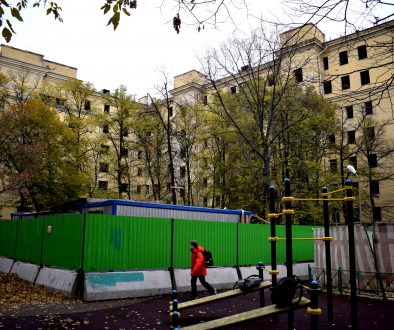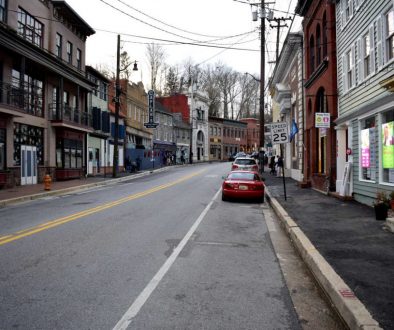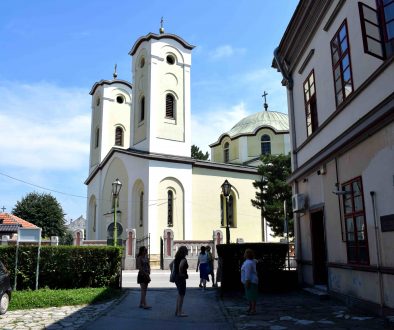What is it like to bike in the ‘Venice of the North’, where it stays dark for 18 hours a day during the winter and the winters last from November to May? Surprisingly not as bad as it sounds.
My friend and I visited Saint Petersburg in late November to test out just how bike-friendly Russia’s second largest and most European city is. Here is the good and bad of it.
GOOD! Flat Terrain
St. Petersburg was built on a swamp by Peter the Great in 1703 and is thus completely flat. The only elevations challenging cyclists are the city’s historical bridges over the Neva River, but the views make the slight incline entirely worth it.
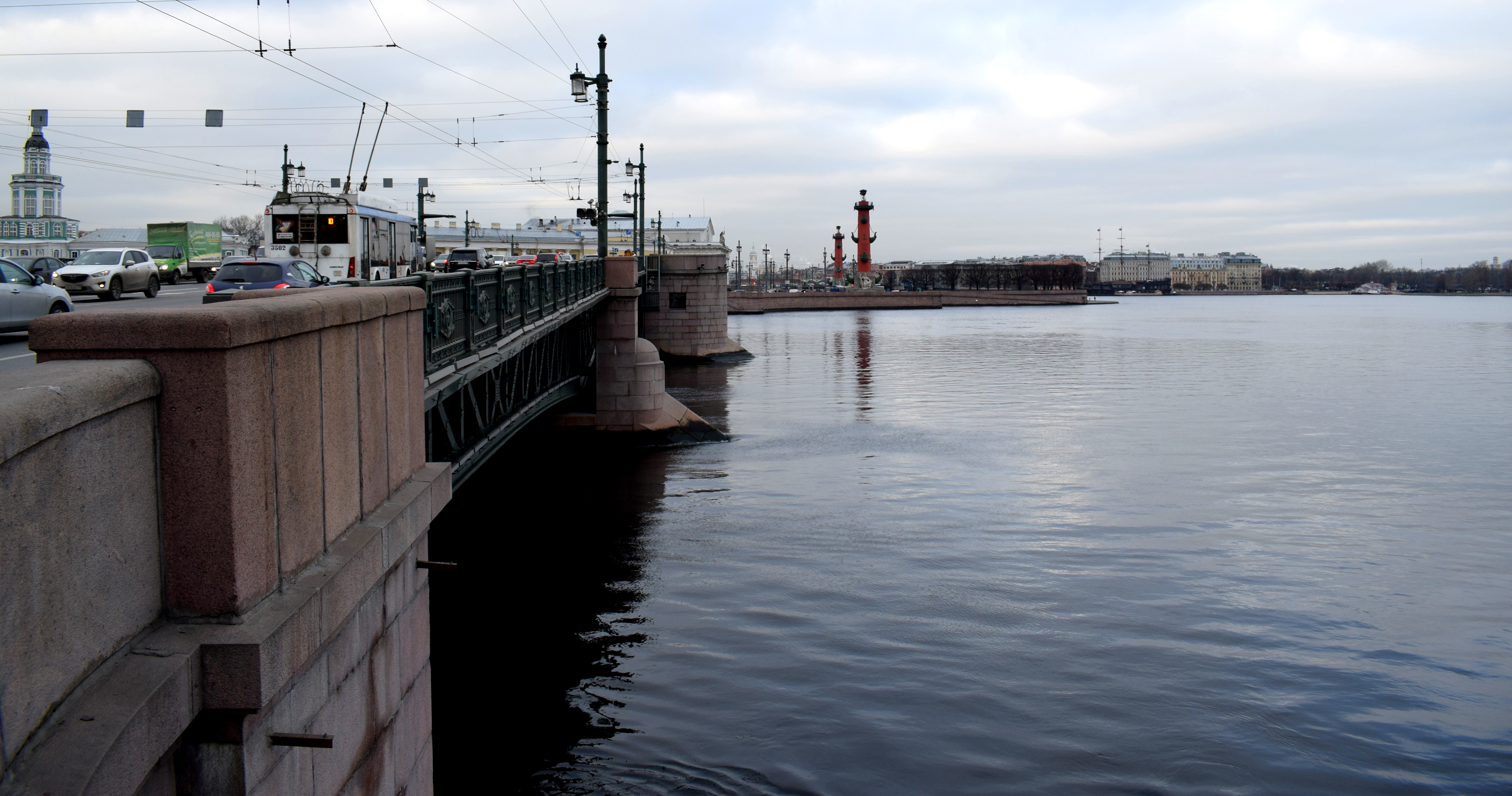
BAD! Strong Winds
Saint Petersburg is located on the Baltic Sea which means there is a constant wind blowing through the city. While wind blowing in the same direction makes it easier to bike, cycling against the wind can be even more unpleasant than biking uphill.
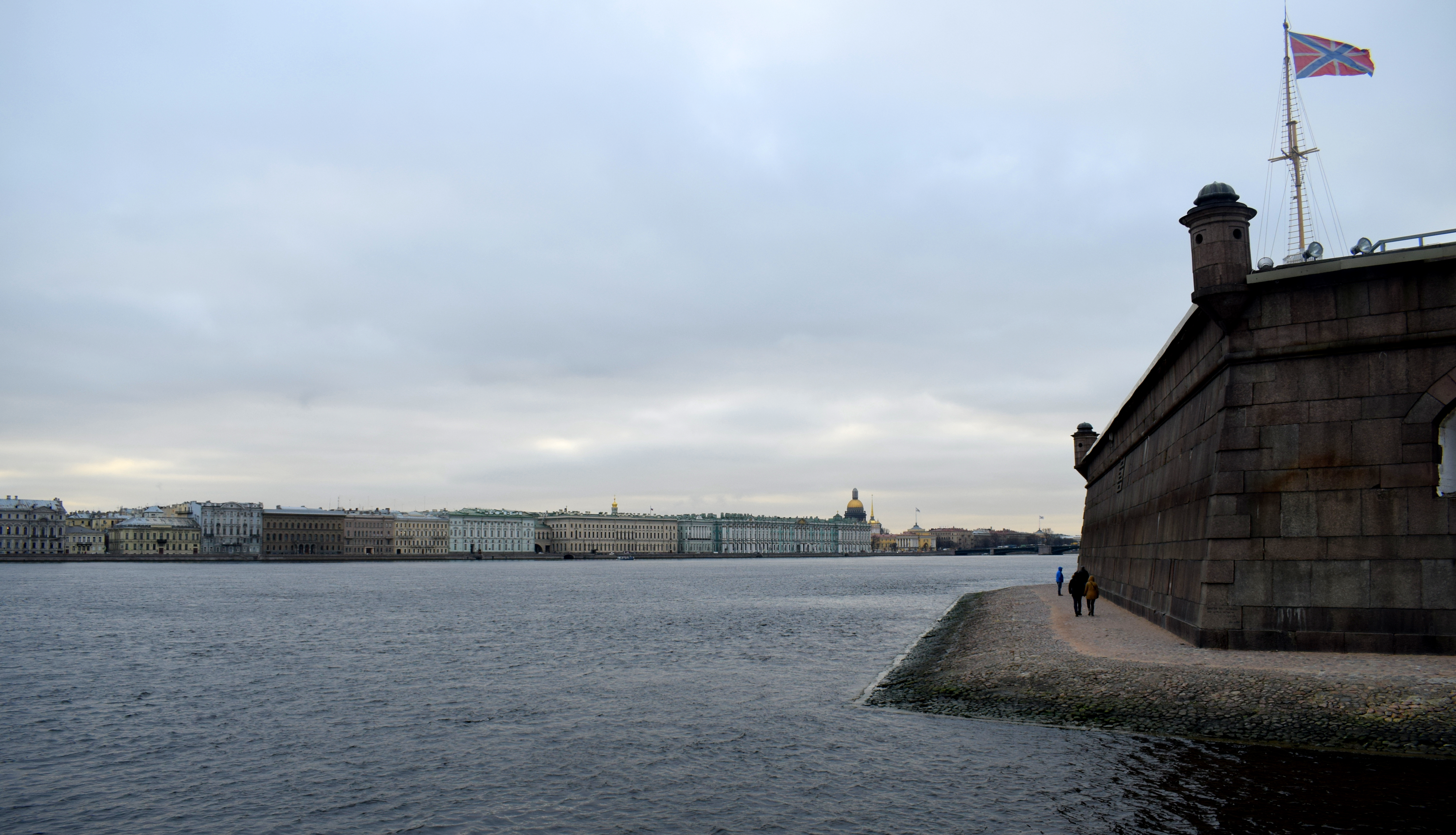
GOOD! Beautiful Canals
Saint Petersburg has canals that rival the best of Amsterdam and Venice, with some canals even containing dedicated bike lanes. Cycling along these historic canal ways is the best way to view the city’s historic architecture and buildings.
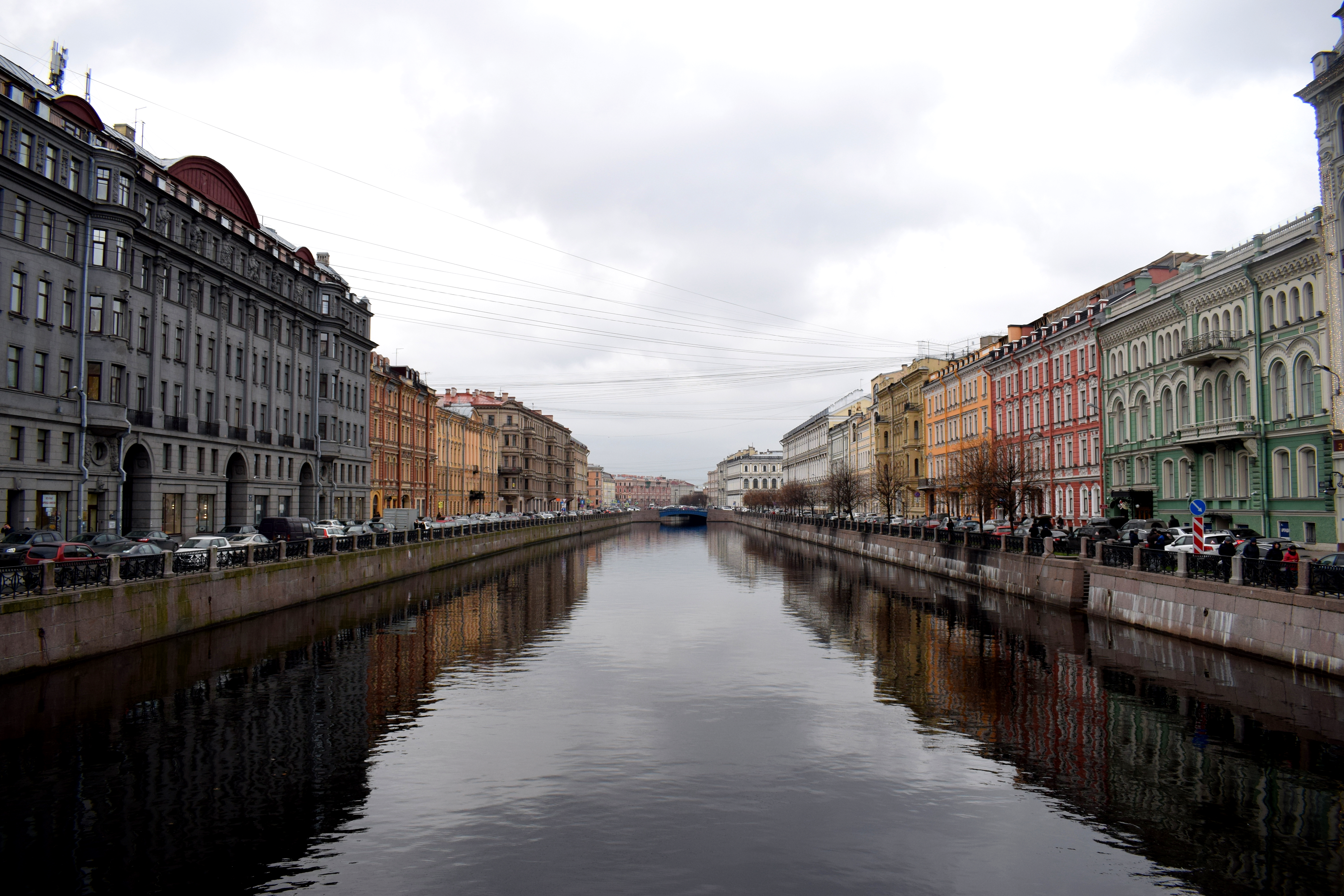
BAD! Narrow Sidewalks
The sidewalks along these historic canals can be very narrow and in bad shape, with many made of uneven pavement and old cobblestones. As a result, cyclists are often forced to bike on the street instead of the sidewalk, where there is a greater risk of being hit by a car.
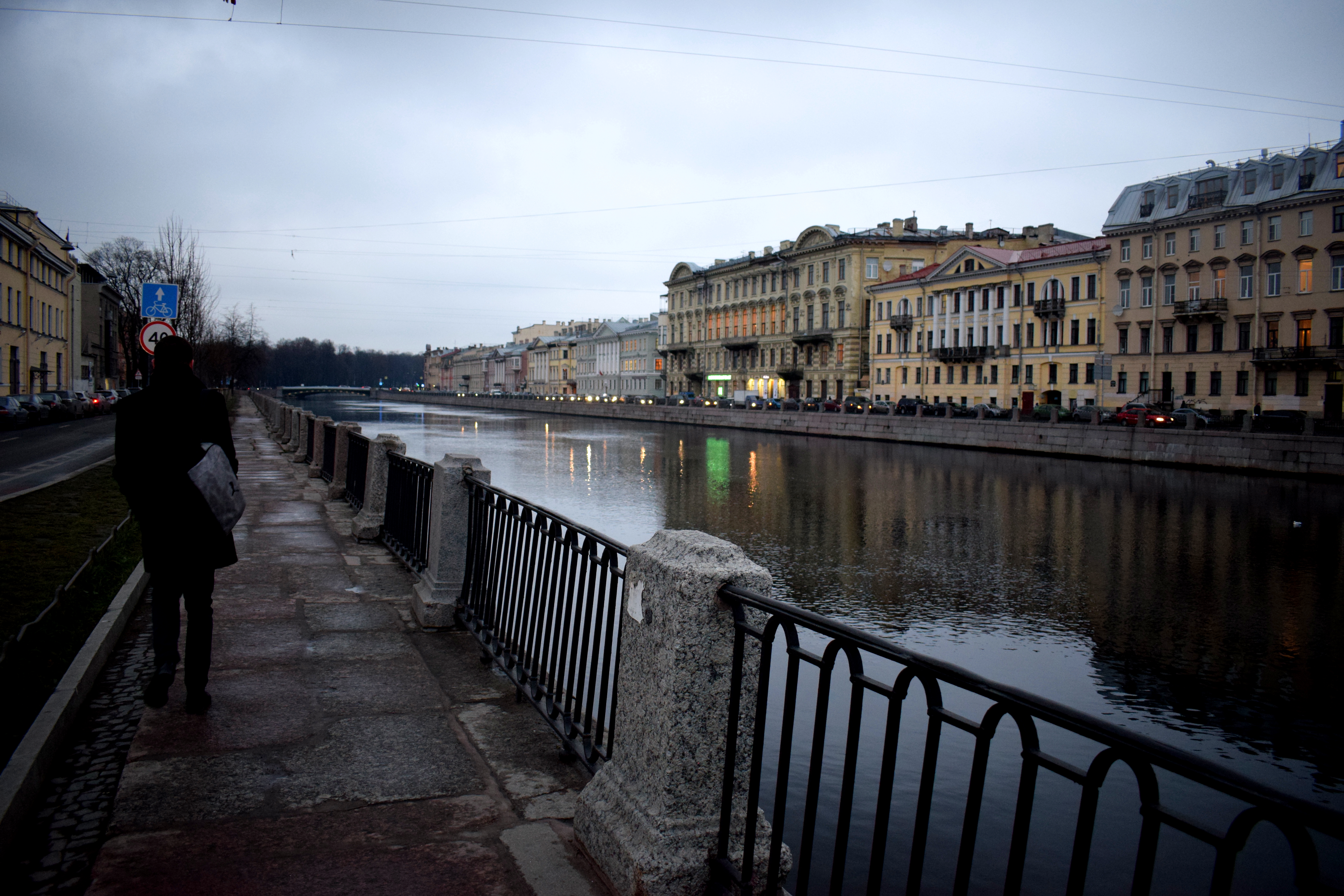
While the sidewalks may be narrow, the city’s actual roads are relatively wide, which will make it easy for the city to add bike lanes to major streets in the future. But even without dedicated bike lanes, the streets are fairly easy to navigate, as there’s enough space to ride on the outer lane, which is itself often reserved for buses and taxis only.
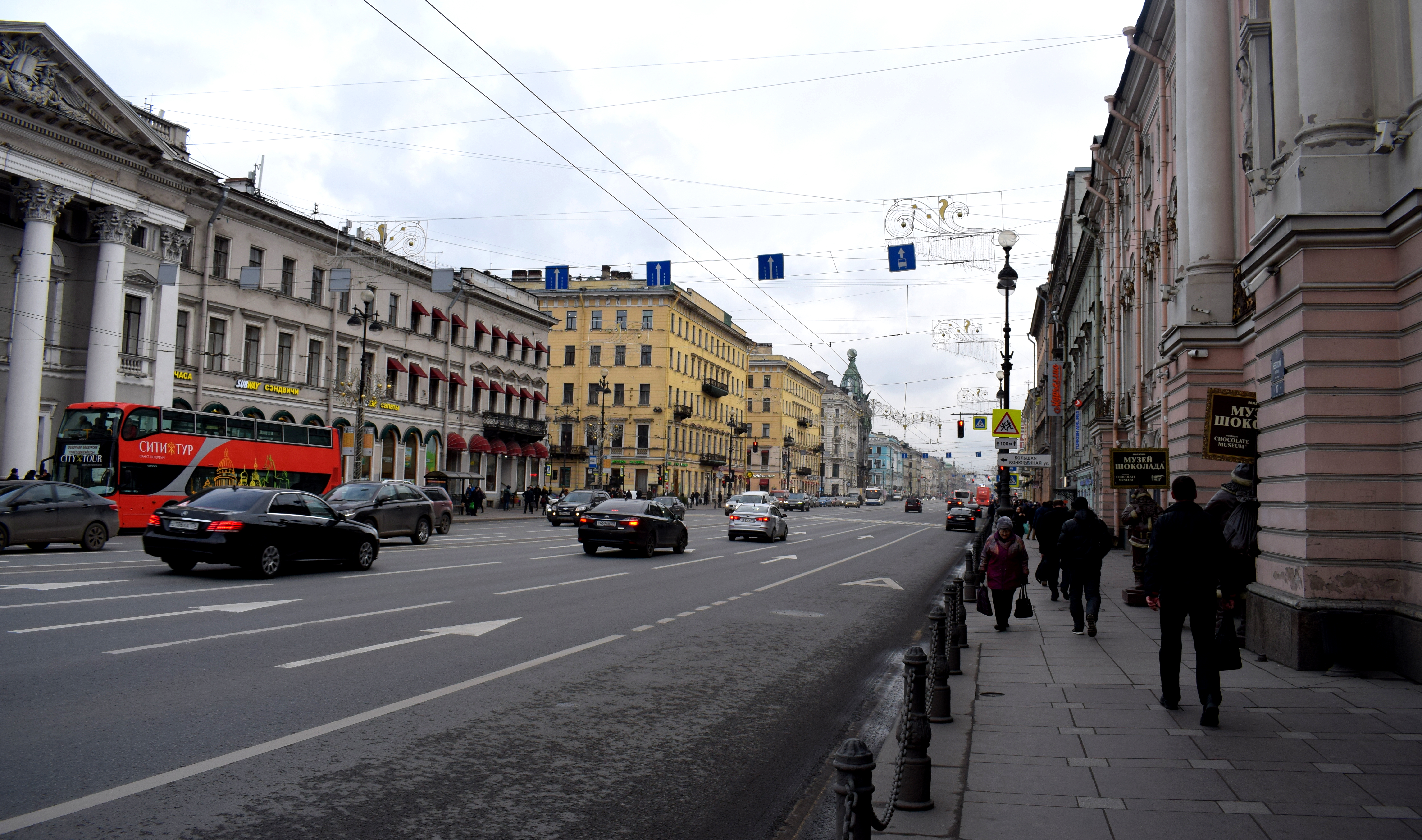
BAD! Crazy Drivers
Of course, the wide streets don’t protect cyclists from crazy drivers who often drive like they own the city and disrespect not just cyclists but pedestrians as well. A lot of streets in the city actually feel more like highways due to the high speed limits, lack of pedestrian crosswalks and traffic lights. And since the sidewalks are often too narrow to bike on, cyclists are forced to share the road with these aggressive drivers.

NEUTRAL! Cold Weather
I couldn’t decide whether to include the cold weather as a good or bad quality. On the one hand, Saint Petersburg has extremely long winters that last for eight months of the year and is constantly drenched in rain and snow. This makes it hard for a robust biking culture to develop. But on the other hand, there are several European cities equally as cold as Saint Petersburg where people bike year-round, including Helsinki, Stockholm and Copenhagen. So while the cold makes cycling more inconvenient, it should not be used as an excuse by the city not to build bike lanes.
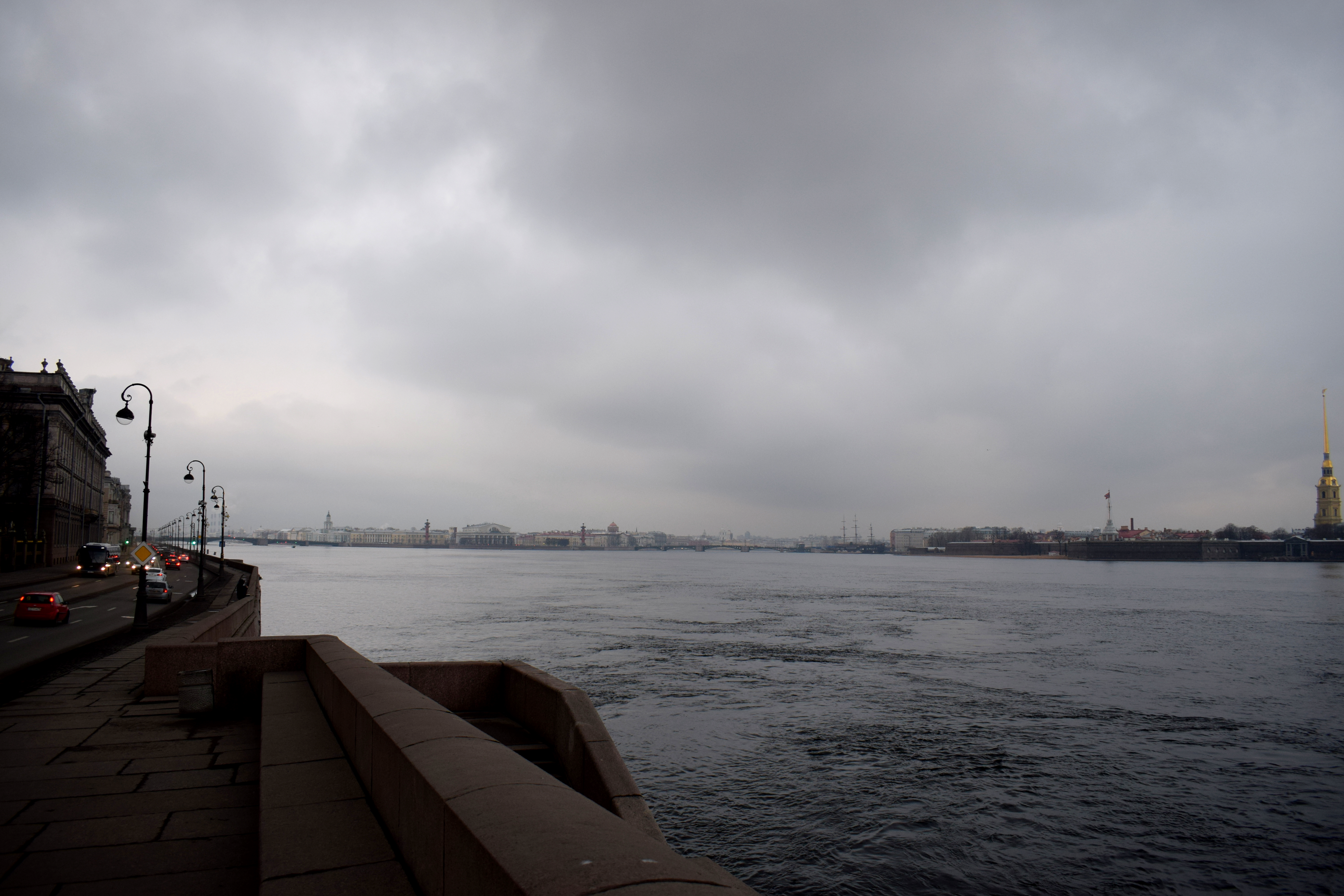
Conclusion
Saint Petersburg is a gorgeous city that remains fundamentally European in its character and structure. This makes the lack of biking culture in the city disheartening, since cycling is one of the major reasons why living in Europe is so pleasant and enjoyable.
Despite a lot of setbacks, the city has huge potential to develop its biking infrastructure and make cycling in the city easy and convenient. The city’s flat terrain and wide streets offer a lot of space where bike lanes could be built in the future. And while the cold may initially put off some people from choosing biking as a viable means of transport, one has only to look at how popular cycling is in Helsinki, Stockholm and Copenhagen to realize that Saint Petersburg could easily follow in their footsteps. Let’s hope they do so soon.

